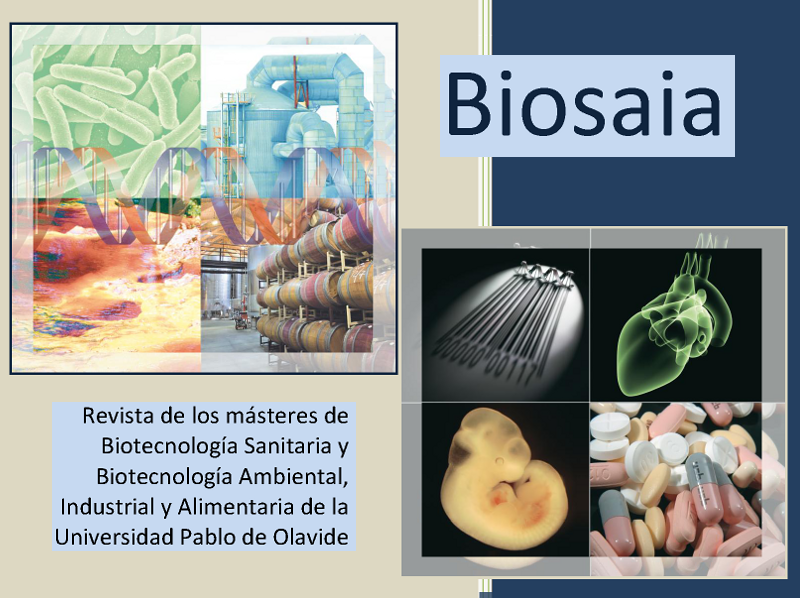Role of phenylacetaldehyde reductase (OePAR) in olive fruit phenolic metabolism
Palabras clave:
Virgin olive oil; phenolic compounds; phenylacetaldehyde reductaseResumen
Motivation: Virgin olive oil (VOO) is a key component of the Mediterranean diet very rich in phenolic compounds related to important health benefits [1]. These phenolic compounds have antioxidant biological activity and they also provide organoleptic properties to VOO. Oleuropein, with a complex secoiridoid structure containing an hydroxytyrosol residue, is the most abundant phenolic compound in the olive fruit mesocarp. Moreover, oleuropein is the precursor of the most important phenols found in VOO [2].
In this study, the molecular and biochemical characterization of two enzymes phenylacetaldehyde reductases (OePAR1.1 and 1.2) related to hydroxytyrosol and tyrosol biosynthesis in olive fruit, has been carried out. These enzymes use as substrates, 3,4-dihydroxyphenylacetaldehyde (3,4-HPAA) and 4-hydroxyphenylacetaldehyde (4-HPAA) to form hydroxytyrosol and tyrosol, respectively [2,3].
Methods: Two genes encoding for enzymes with putative phenylacetaldehyde reductase activity have been identified from an olive transcriptome which was obtained from seven olive varieties with different phenolic profiles grown under different biotic and abiotic stresses [2]. They have been synthesized, cloned and expressed in Escherichia coli. The extraction and purification of their encoded proteins has been optimized. Purity of the recombinant proteins was evaluated by electrophoresis (SDS-PAGE) and densitometry analysis. Concentration of the purified recombinant proteins was determined by Bradford assay. The functional identity of these proteins have been determined by in vitro activity assays further analyzed by HPLC to quantity substrates and products in the reaction media. The developed methodology is being used to complete the kinetic characterization of both proteins. In addition, complementary studies of gene expression will be performed by RT-qPCR.
Results: Both recombinant OePARs display reductase activity forming hydroxytyrosol after incubation with its precursor 3,4-HPAA. Furthermore, OePAR1.2 has shown significantly higher specific activity than OePAR1.1. Results from functional genomic, expression analysis and metabolomic studies carried out will be analyzed together to determine the role of these enzymes in the olive fruit phenolic metabolism and to establish the catalytic differences between them.





